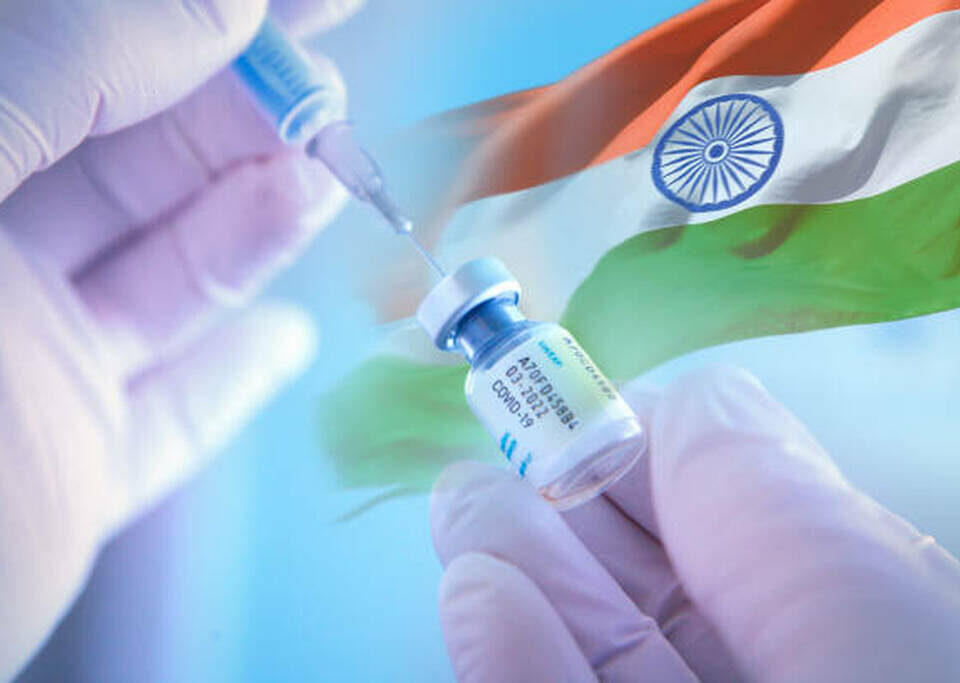
Redrawing the Patent Map: How India’s Crackdown on “Evergreening” is Rewriting Pharma IP Strategy
November 14, 2025Under the Microscope: Why India’s Drug Regulator Is Targeting Small Pharma Firms
ndia’s regulatory spotlight is shifting. The Drugs Controller General of India (DCGI) has recently launched an aggressive crackdown on small- and medium-sized pharmaceutical manufacturers—particularly those in India’s sprawling MSME (micro, small and medium-enterprise) pharma sector. The move follows grave concerns about product quality, unsafe manufacturing practices, and the export of potentially toxic drugs.
The Trigger: Toxic Cough Syrups and Global Alarm
The catalyst for this regulatory tightening stems from alarming findings regarding certain brands. The World Health Organization (WHO) flagged three cough-syrup brands—Coldrif, Respifresh TR and ReLife—manufactured in India, for containing hazardous levels of the industrial solvent diethylene glycol (DEG). Investigations into one facility uncovered rusty equipment, lack of pest-control, non-pharmaceutical grade solvents and major deviations from good manufacturing practices (GMP). These events escalated concerns both domestically and internationally about the safety of Indian-made pharmaceuticals.
What’s the Regulator Doing?
The DCGI has instructed state drug regulators across India to inspect all manufacturing units that sought the one-year extension to comply with the revised Schedule M norms (which set India’s GMP standards under the Drugs & Cosmetics Act). For MSMEs (defined as firms with turnover below ₹250 crore), January 2026 marks the deadline to fully comply—or face enforcement actions such as licence suspension or facility closure. In practice, states like Delhi, Himachal Pradesh, Uttarakhand have already issued closure notices to manufacturers not upgrading their plants.
The Rule: Revised Schedule M
At the crux of the crackdown is the enhanced compliance framework under Schedule M. In December 2023, the health ministry elevated India’s GMP requirements to align more closely with global and WHO-GMP norms. Key requirements include:
- A full “pharma quality system” covering the end-to-end manufacturing lifecycle.
- Traceability of raw materials, vendor qualification, computerized data systems.
- Infrastructure upgrades: microbiology labs, HVAC systems, air quality monitoring, safe storage, sterilisation.
Large manufacturers had to comply earlier (from June 2024) but MSMEs were given a concession until end-2025.
Why Are MSMEs Struggling?
India’s pharma sector comprises over 10,000 manufacturing units—and roughly 80% of those are MSMEs with turnover under ₹250 crore. These smaller firms face multiple hurdles:
- High capital cost: Infrastructure upgrades, technology systems and skilled personnel don’t come cheap.
- Lack of trained workforce: Implementing a pharma-grade quality system requires expertise many small firms lack.
- Financing constraints: Access to external funding is limited for many MSMEs, making the transition harder.
Many firms say the deadlines are tight and the regulatory push is sudden—some had hoped for further extensions into 2026.
Why the Urgency?
The timing of this regulatory clamp-down isn’t coincidental. With the deadline looming and global scrutiny intensifying, Indian regulators are under pressure to restore credibility. The cough-syrup incidents triggered deaths abroad (and domestically), prompting urgent action. By insisting on upgraded standards now, authorities aim to safeguard public health—and maintain India’s reputation as a reliable global pharma supplier.
Implications: For Industry and Consumers
For the industry, this means a shake-out: smaller, non-compliant manufacturers may exit or consolidate. Firms that upgrade will incur higher costs—potentially raising drug prices. For consumers, the crackdown is a welcome signal of stronger safety nets—but there’s a transitional risk of shortages or price hikes as weaker producers exit the market.
Final Thoughts
The DCGI’s crackdown is far more than regulatory theatre—it is a necessary recalibration of India’s pharma manufacturing ecosystem. In an era where global health depends on safe, affordable medicines, India cannot afford systemic lapses in drug safety. For MSMEs, the challenge is steep but the message is clear: compliance is no longer optional. The game has changed—and those left behind may face more than just inspections—they may face irrelevance.



